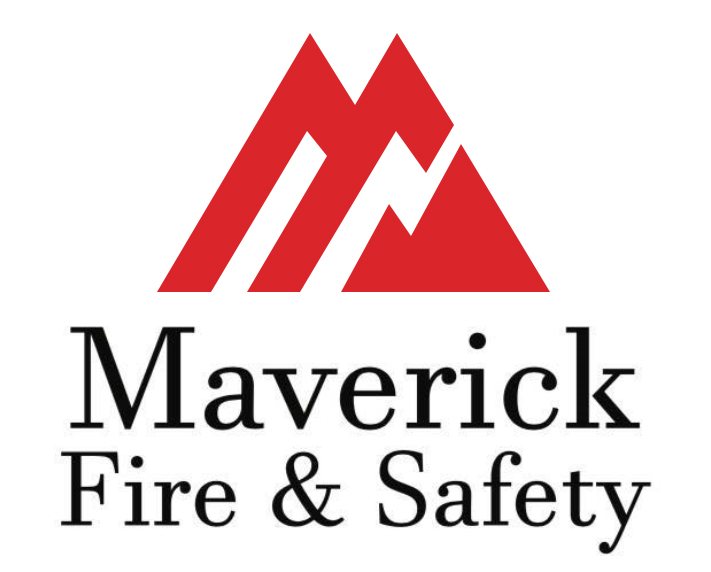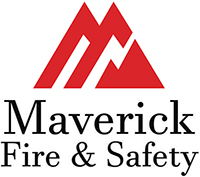Since the first Fire Sprinkler or Fire Suppression System was invented in 1812, many different types of fire sprinkler systems have been created to deal with different conditions in which fires can occur unexpectedly. Knowing which one is right for your situation is important. There may even be situations where you need a combination of fire sprinkler or fire suppression systems depending on your business’s set up and needs. It is also good to know if you need foam or water in certain areas of your location. Below are some basic descriptions of the different types of Fire Sprinkler and Fire Suppression Systems designed to protect your business, employees and customers if a fire were to occur.
Wet pipe systems
Wet pipe systems are the most commonly used fire sprinkler systems. They are very reliable and, at the same time, simple. In the event of a fire, water is provided to the sprinkler heads almost instantly by an automatic water supply. This instant spraying is possible because water is constantly maintained within the sprinkler piping. When a sprinkler activates this water is immediately discharged onto the fire. It can be activated by a thermostat or a smoke detector. They need to be calibrated based on the quantity of product, square footage and the possible size of the fire that can occur.
Dry pipe systems
In the dry pipe sprinkler system, the water in the piping is replaced by air at a pressure below the water supply pressure. When one or more of the automatic sprinkler heads is activated, it opens so the air in the piping can come out from that sprinkler. The lower air pressure in the piping allows water to flow when a fire occurs.
This system is usually installed in unheated buildings such as parking garages or warehouses. Here the low temperatures during the winter may freeze the water in an ordinary wet pipe system, making it useless so a dry pipe system provides protection in all seasons and temperatures.
Deluge systems
This system allows water to flow from all sprinklers at the same time. The Deluge Fire Sprinkler System is ideal for environments where there is a risk of a fire spreading rapidly. When an alarm goes off it signals the Deluge Fire Sprinkler system and all heads activate to a uniformed spraying of water or foam.
Deluge systems are meant to be installed in high hazard businesses such as power plants, aircraft hangars, and chemical plants. This is because they release water or another fire suppressant to all the open sprinkler heads at the same time and attack a fire rapidly. Ask our team if this system is right for your setting.
Pre-action systems
Pre-action systems are used in places where accidental activation of the fire sprinklers should be avoided (like museums or Data Centers, for example). One of the biggest benefits of a pre-action fire sprinkler system is that it works well for water sensitive environments because there is low risk of accidental discharge. It prevents excessive water damage and it works well in cold areas because the pipes will not freeze since water is not held within the pipes.
There are two types of pre-action systems: single interlock and double interlock. The single interlocking pre-action system is similar to dry pipe systems in the way they operate but in this case the vent of water is preceded by a prior fire detection event (the activation of a smoke detector for example). The system is converted from a dry to a wet system, in order to reduce the delay of water distribution to the piping that usually happens in dry systems.
The double interlock pre-action system is provided with automatic sprinklers. Also, they require that both a prior fire detection event and an automatic sprinkler activation take place before the water comes to the system piping. Otherwise, water will not get into the piping.
Foam water sprinkler systems
This special kind of sprinkler system discharges a mixture of water and foam concentrate when activated. They are generally used in places where there is a risk of chemical fires that spread fast, especially when there are flammable liquids involved. The foam can be inserted in wet pipe systems, dry pipe systems, deluge systems, and pre-action systems.
The Foam Water Fire Sprinkler System does a great job at extinguishing fires. This is because not only is water used, but a chemical foam is also used. This chemical foam allows challenging fires to be suffocated quickly.
A disadvantage to a Foam Water Fire Sprinkler System is that is can be messy to clean up. In the event of a fire sprinkler system going off, you usually will have water damage. But in the event a Foam Water Fire Sprinkler System you will have chemical foam to clean up. The benefits outweigh the disadvantages once a chemical fire starts.
Water spray systems
Water spray systems are similar to deluge systems but, Water Spray Systems are designed to safeguard a uniquely configured hazard so they don’t cover all of the floor space. Electrical transformers, for example, are usually protected by a water spray system.
Water mist systems
This kind of system is typically used in conditions where water may damage things or in case of minimal water supplies. They are provided with a heat absorbent vapor and operate as a wet pipe, deluge, dry pipe or pre-action system. In this case a compressed gas is used to atomize the water, so it turns into a mist.
Typical places that Water Mist Systems are used are data centers, museums, theaters, historic homes and large office buildings that have a large number of high technology tenants to try and have less water damage
The best way to avoid a fire is to have a fire and safety inspection performed annually.
We hope you have enjoyed this material. If you have questions or need an inspection or advice, we here at Maverick Fire & Safety can help with everything from designing a new system, install, repair, service and inspections. (832) 653-2598

